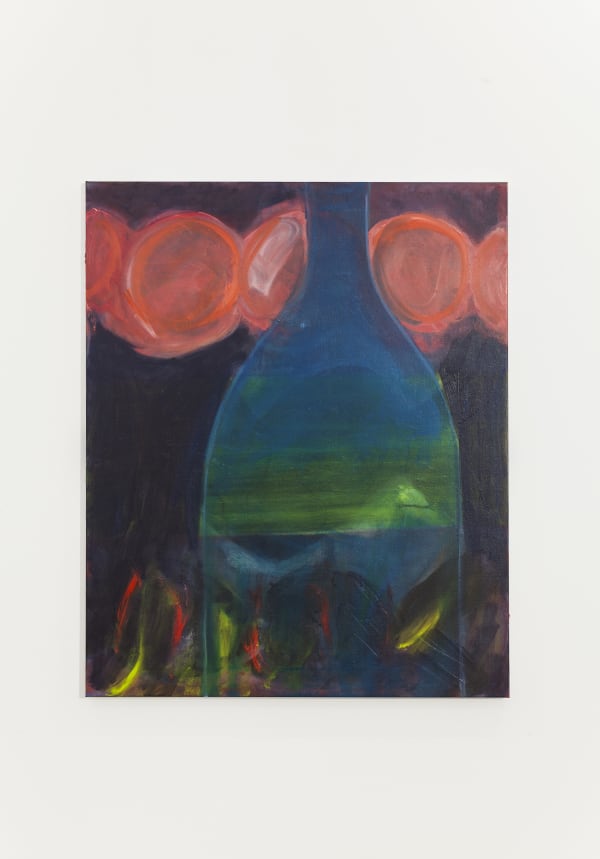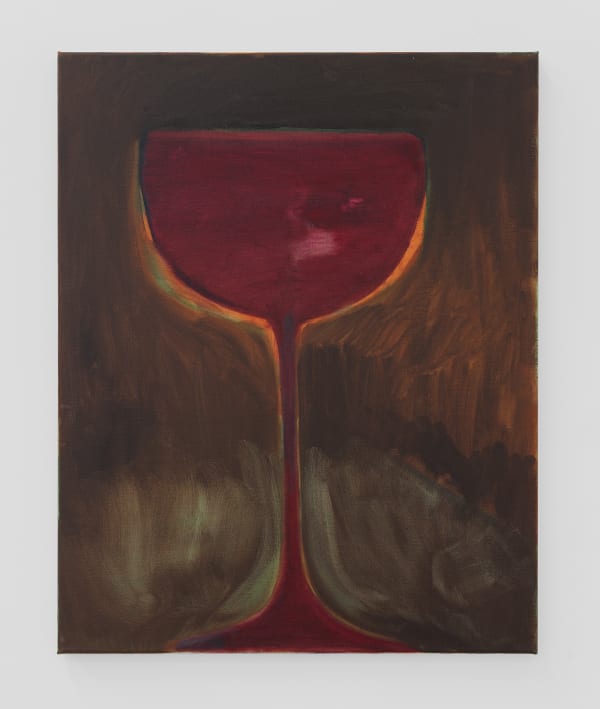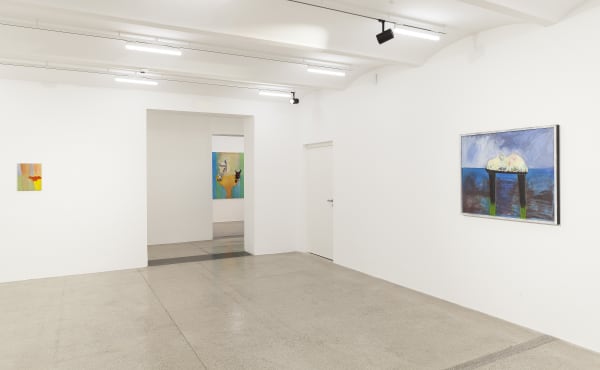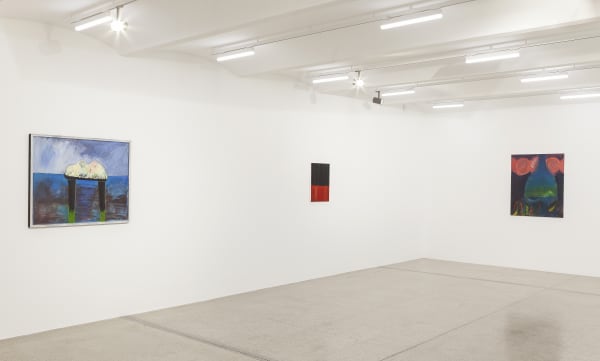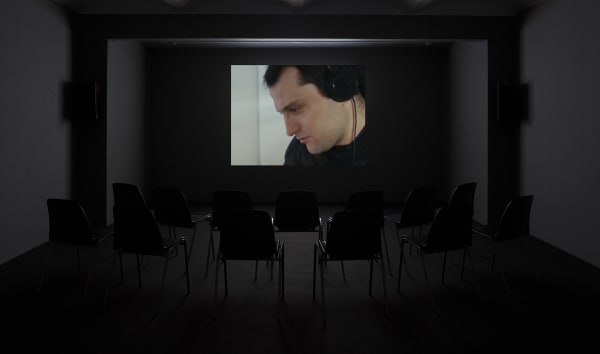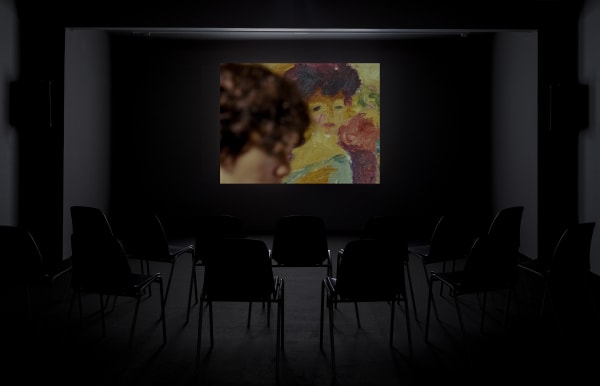Rosalind Nashashibi: DEEP REDDER
Caring and forms of communal life have been a consistent theme in the oeuvre of Rosalind Nashashibi, who examines them in light of the specific political, social, and historical conditions that shape them. The private meets the political; in interweaving the two, the artist sometimes emphasizes political concerns, as in the film Electrical Gaza, which earned her a nomination for the prestigious Turner Prize in 2017; private aspects are the focus in other works, like the widely acclaimed film Vivian’s Garden (2017), which was commissioned for documenta 14 (2017): a portrait of the lives and relationship of the artists Elisabeth Wild and Vivian Suter, a mother and daughter who live largely in seclusion in the Guatemalan rainforest.
Born in England to parents of Irish and Palestinian descent, the artist does not rely on abstraction and generalization to shed light on the complex mechanisms at work in politics of identity and intercultural encounters; probing the biographies of real individuals, her works reflect her gift for empathy and great respect for her subjects. She makes films that eschew cohesive narratives in favor of staged scenes and sequences from everyday life arranged in collages that read as a kind of enigmatic visual poetry. The coexistence of several parallel plot lines serves to articulate her interest in complex layered realities and forms of social organization ranging from the family to the state.
In her exhibition DEEP REDDER, Rosalind Nashashibi presents paintings and a new film in two parts, the fruit of a sustained, process-based, and ongoing meditation on social norms of family life. It is animated by her search for alternatives and a critical revision of the nuclear family model, which, though long obsolete in the lived reality of many people, is still a central political and ideological point of contention.
Both segments of the film are inspired by Ursula Le Guin’s novella The Shobies’ Story (1990). Set in the science fiction and fantasy writer’s sprawling fictional universe, the plot revolves around the experiences of a multigenerational group testing a novel form of space travel based on nonlinear time. Appearing in the role of the film’s narrator, Nashashibi intertwines the filmic action with the literary source to raise philosophical and psychological questions concerning interpersonal relationships.
Besides Le Guin’s novella, the artist drew on a second literary source: the I Ching, which she consulted before she started shooting, using the response of the Chinese divination manual and book of wisdom to shape the making of the film and generate the two titles. Part one is called Where there is a joyous mood, there a comrade will appear to share a glass of wine; part two, The moon is nearly at the full. A team horse goes astray. Le Guin’s story acts as a lens through which the film, featuring Nashashibi herself, her children, and close friends, reflects on how a group’s sense of community is built and then fractured when their movement is non-sequential and beyond their understanding.
Paintings on which she works in parallel with her films—despite considerable abstraction and formal reduction, they ultimately hew to the representational register—serve the artist as a vehicle of unmediated expression and a format that has room for contemplation, emotion, and shades of sentiment as well as spontaneous creation. The paintings in the exhibition are even more direct equivalents of her own experiences of being in the world, “of standing in two states, with feet and ankles in water and legs dry, of a lamb craning its neck upwards, or a calf with its face hidden from our view and yet lit my moonlight” (Rosalind Nashashibi).
In addition to her solo projects, artistic collaborations have long been a major strand in Nashashibi’s practice. For the artist’s book to be published in conjunction with the exhibition, she invited a friend, the Lithuanian artist Elena Narbutaite, to respond to her pictures with works of her own and engage in a painterly dialogue.
Rosalind


